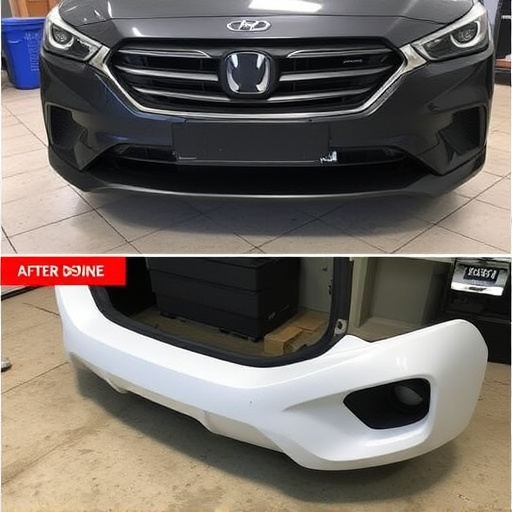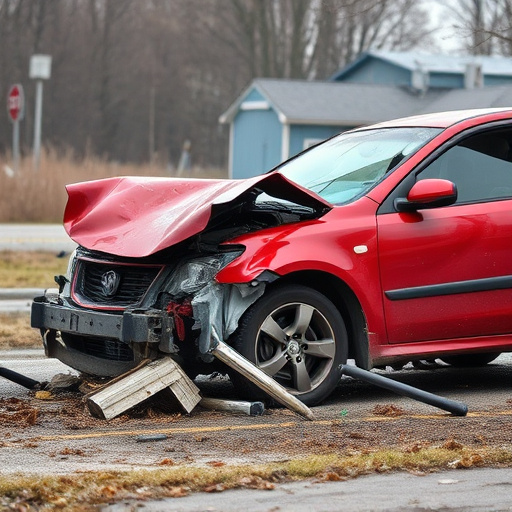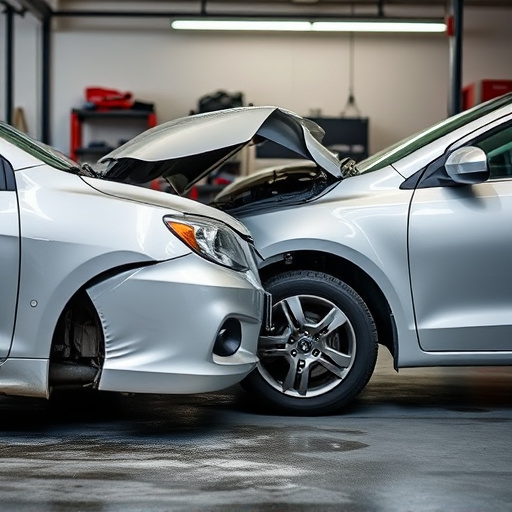Pedestrian safety features, like impact-absorbing body panels, airbags, and automatic emergency braking, require meticulous repair to maintain structural integrity and ensure optimal function through systematic testing. Auto maintenance specialists use advanced diagnostic tools and software to identify defects, simulate real-world scenarios, and guarantee system performance, enhancing road security for pedestrians and drivers. After repairs, thorough inspections and quality assurance checks restore both functionality and aesthetics, prioritizing pedestrian safety by preventing accidents in public spaces.
Pedestrian safety features repair is a critical aspect of urban infrastructure maintenance, ensuring the well-being of those on foot. This article delves into the systematic approach behind repairing these essential elements, focusing on three key areas: understanding specific safety features, employing rigorous testing methodologies for system integrity, and implementing quality assurance checks during installation. By exploring these processes, we highlight best practices for comprehensive pedestrian safety feature repairs.
- Understanding Pedestrian Safety Features
- Testing Methodology for System Integrity
- Implementation and Quality Assurance Checks
Understanding Pedestrian Safety Features

Pedestrian safety features are integral components of modern vehicles designed to protect both occupants and passersby in case of an accident. These include impact-absorbing body panels, advanced airbags, seatbelt pre-tensioners, and even active systems like automatic emergency braking. Ensuring their optimal performance is paramount for the overall safety of drivers and pedestrians alike.
When it comes to repairing or restoring these features, a systematic approach is essential. Automotive restoration professionals employ various techniques, such as paintless dent repair, to fix external damage while maintaining the structural integrity of safety-critical components. Regular system testing plays a pivotal role in this process, ensuring that every part functions as intended, thereby enhancing the overall pedestrian safety features repair quality at trusted car repair shops.
Testing Methodology for System Integrity

When it comes to pedestrian safety features repair, system testing is a meticulous process that ensures the integrity and reliability of every component. The testing methodology involves a comprehensive approach, starting with identifying all potential failure points within the system. This includes examining sensors, cameras, and communication modules for any defects or malfunctions that could compromise safety. Advanced diagnostic tools are employed to simulate real-world scenarios and stress test the system, mimicking various weather conditions, pedestrian movements, and traffic patterns.
The vehicle repair process demands a systematic approach to testing, as even a minor glitch can have significant consequences. Auto maintenance specialists utilize specialized software to analyze system performance, compare it against manufacturer specifications, and identify anomalies. By implementing these rigorous testing methods, car repair shops can guarantee that pedestrian safety features function optimally, enhancing overall road security and protecting both pedestrians and drivers alike.
Implementation and Quality Assurance Checks

After identifying and repairing damaged pedestrian safety features, such as fenders or bumpers, thorough implementation and quality assurance checks are paramount to ensure the effectiveness of the repairs. This involves meticulous inspections and tests designed to verify that each component functions optimally and meets established safety standards.
Automotive repair services for pedestrian safety features go beyond mere visual inspection. Experts employ advanced diagnostic tools to assess structural integrity, ensuring that repairs adhere to manufacturer specifications. This rigorous process not only guarantees the aesthetic appeal of the vehicle but primarily focuses on enhancing pedestrian safety, preventing future accidents, and mitigating potential risks in public spaces.
Pedestrian safety features repair involves a meticulous process that begins with understanding critical system components, continues through rigorous testing methodologies, and culminates in implementation supported by stringent quality assurance checks. By adhering to these structured steps, we ensure the effectiveness and reliability of safety features, ultimately enhancing pedestrian security in various environments. This holistic approach to repairing and maintaining these essential systems is paramount in creating safer communities for all.














